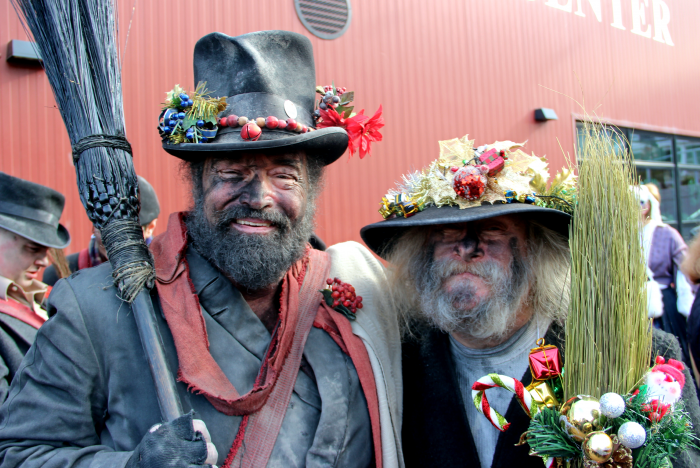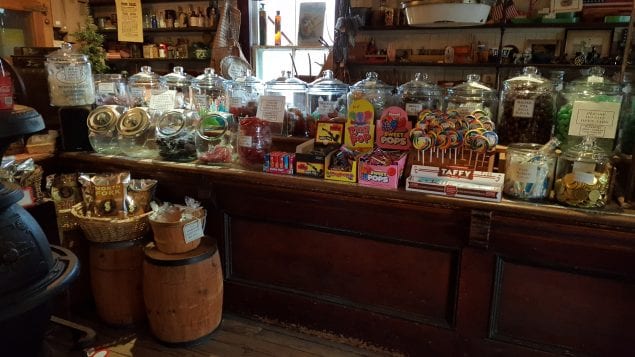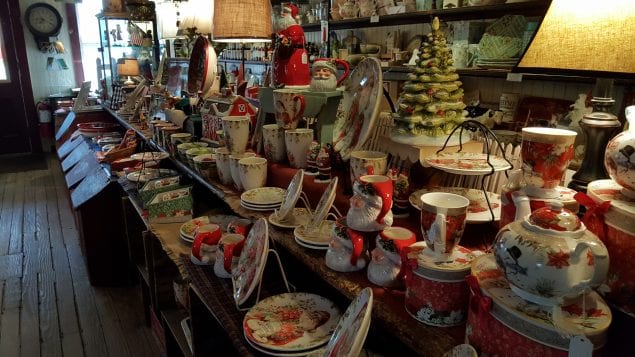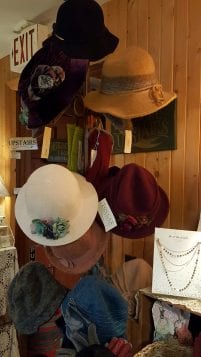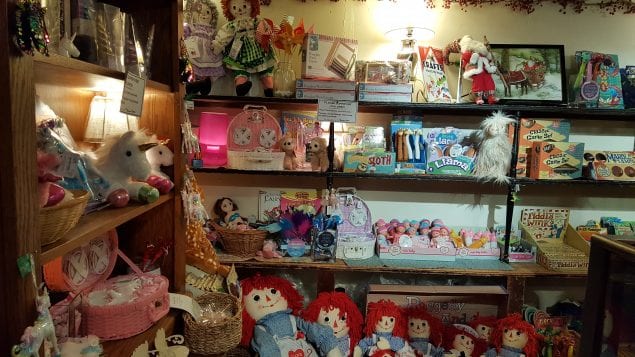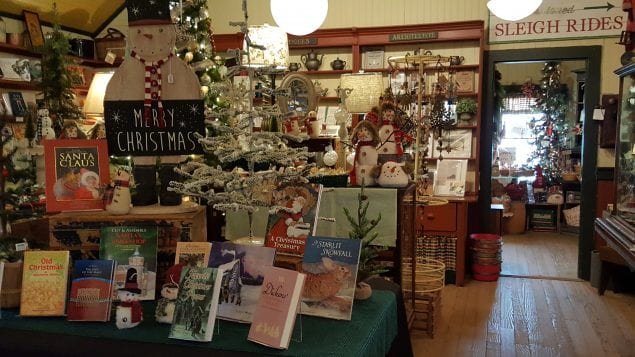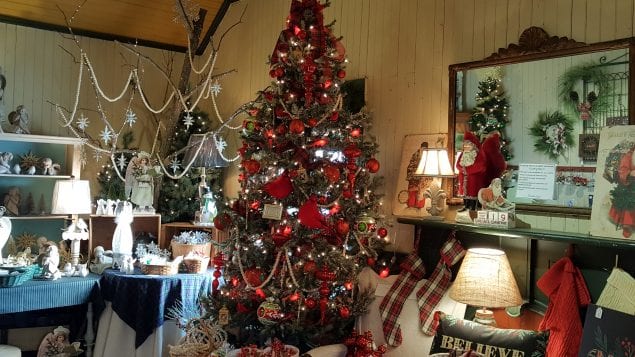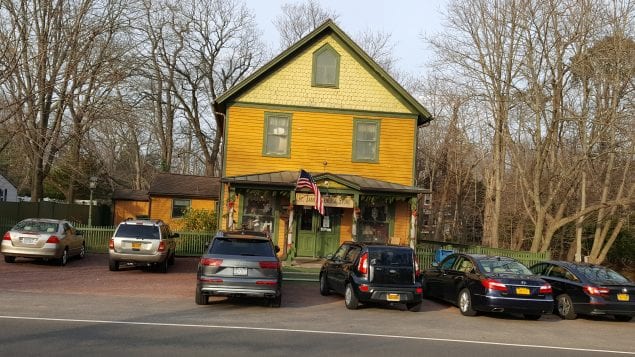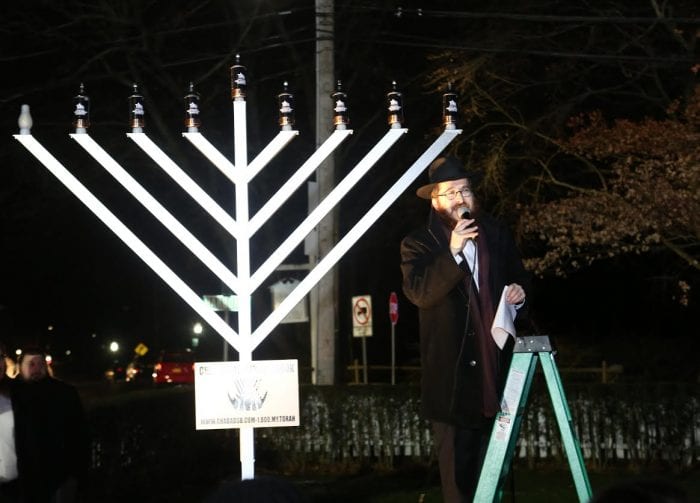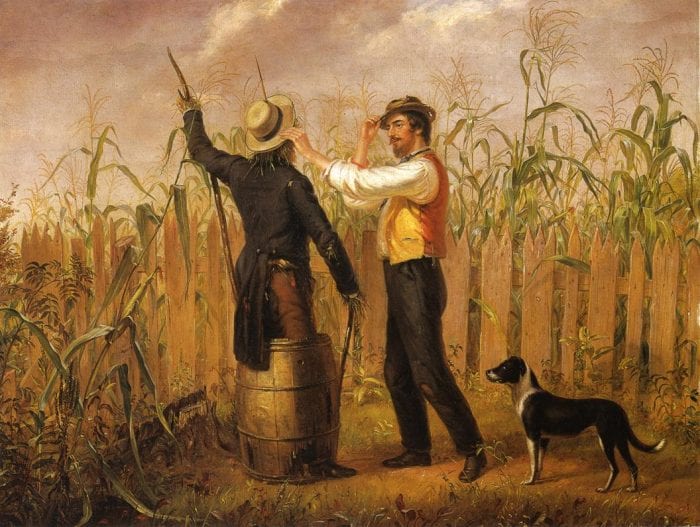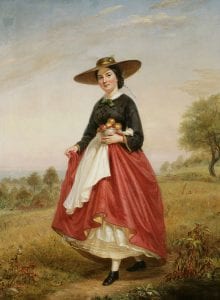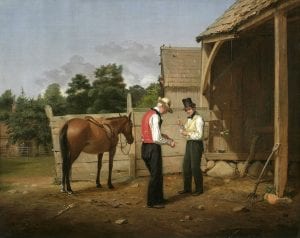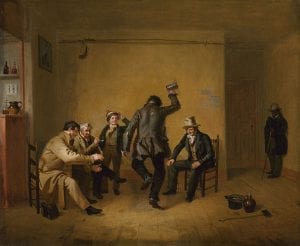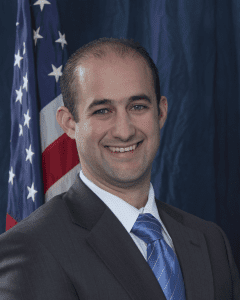By Allan Varela
We are living in strange times with the political upheaval and the terrible, deadly pandemic hanging over our lives. Every day we are literally battered with controversy and bad news.
There is one place of comfort, however. We find it in the arts. We listen to music and watch music videos. We turn on movies old and new and stream over the top shows that offer constant variation. We might even look at a book of visual art or search for fine art online. The arts are present when we sing a song together, when a family member plays the piano or guitar or draws a picture. Yes indeed. The arts are alive in our lives. But there is so much more to this cultural picture than the obvious I just stated.
Every day, in every way we live, our lives are surrounded by the work of artists. Look down at the chair you are sitting in while reading this story. That’s right, it was designed in part by an artist and created by artisans. Look around the room you are in. If you see wallpaper, it was designed by an artist. The color palette of the paint scheme in your home was created by an artist. The ring on your finger and the jewelry you wear were all designed by artists.
Your clothes — designed by an artist; your home — designed by an artist; the car you drive — designed by an artist. You see, everything you live with and in was designed to some degree by an artist. Everything you use to express yourself to the world was designed… well, you get it!
I am writing this as a reminder that the arts and artists of all types are hurting right now. It is easy to say “So what?” but remembering the impact the arts have on our lives should lead to “How can I help?” There are numerous not-for-profit organizations that need our help. Those of us fortunate enough to financially weather our current storm need to reach out to support these groups as they support artists, the arts and the cultural life of our communities.
These organizations have found ways to present engaging concerts online, to show documentary films that include a Q&A with the director online or make reservations to see an exhibit whilst keeping to community health standards. But the revenue stream for ticket sales has dried up and I fear that some of the groups will begin to fall apart.
The arts organizations have wonderful financial impact on our communities. Property values remain stable or increase in communities that offer arts programming. Every dollar invested in an Arts Council program brings back some four dollars in revenue from simple things like an audience buying gas to get to a show, to visiting a local restaurant for a meal before or after a show.
Cultural engagement is needed to keep our communities enriched and interesting. Financial engagement is what is needed to keep our cultural organizations alive. Please make a difference and donate, as you are able, to a local not-for-profit arts organization or museum. Even a small amount can make a big difference.
Allan Varela serves as chair for the Greater Port Jefferson-Northern Brookhaven Arts Council which hosts the Port Jefferson Documentary Series, Charles Dickens Festival, WinterTide Concert Series, Sunset Concert Series and Fiddle & Folk Festival. To support or sponsor the Greater Port Jefferson-Northern Brookhaven Arts Council, please visit www.gpjac.org/sponsor.

